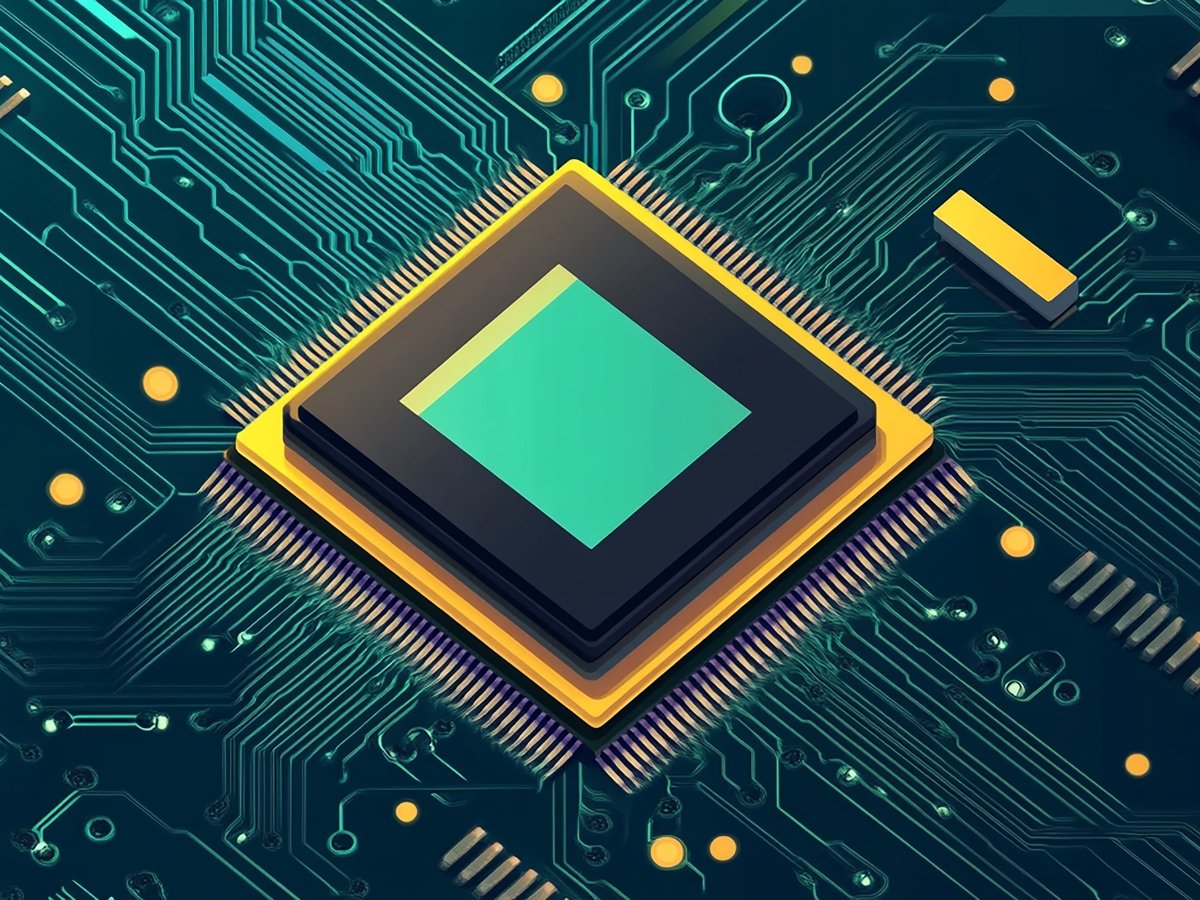Thanks to massive government investments, global interest and rising domestic demand, India’s semiconductor industry is booming — and that’s incredible news for electronic engineers.
This blog dives into why this is happening, what it means for your career and how you can become a part of India’s next big tech revolution.
What’s Fueling India’s Semiconductor Boom?
India is undergoing a semiconductor transformation, with the government and industry pushing hard to position the country as a global hub for chip design and manufacturing. Here’s why:
1. Government-Led Semiconductor Mission
India’s ₹76,000 crore Semiconductor Mission is focused on:
- Setting up chip fabrication plants (fabs)
- Supporting startups in chip design
- Creating a skilled workforce in VLSI & embedded systems
This mission alone is expected to generate tens of thousands of core electronics jobs.
2. Rising Demand for Chips
- From smartphones and 5G towers to electric vehicles and smart cities — chips are everywhere.
- India’s demand for semiconductors is expected to reach $110 billion by 2030.
- More demand = more design, development and innovation jobs.
3. Global Chip Giants Entering India
Companies like Micron, AMD, Foxconn and Applied Materials are either investing in India or planning major R&D expansions.
These companies need local VLSI and chip design talent — which means more opportunities for Indian engineers.
What This Means for Electronics Engineers
The chip industry is no longer just for PhDs or Silicon Valley veterans. With the right training, fresh graduates in ECE/EEE can now secure high-paying core jobs in:
- VLSI Design
- Chip Verification
- Layout & Physical Design
- Analog & Mixed Signal Design
- Embedded Systems
- Semiconductor Testing & Fabrication
This is the golden age of electronics engineering in India. But There’s a Catch: You Need Job-Ready Skills
While the demand is high, companies are looking for industry-ready talent — not just degrees.
To tap into this wave, you must have:
- Hands-on experience with EDA tools (Cadence, Synopsys)
- Skills in Verilog/SystemVerilog, RTL Design, CMOS fundamentals
- Practical exposure to real-world chip design projects
- A specialization in VLSI areas like Digital Design, Verification, or Layout
- A strong professional certification to back your knowledge
How MOSart Labs Prepares You for the Semiconductor Boom
At MOSart Labs, we’ve designed an IIT-certified VLSI PG Diploma to help electronics graduates ride this semiconductor wave with confidence.
Program Highlights:
- 700+ Hours of Expert-Led VLSI Training
- Real-Time Projects in Chip Design
- Training on Industry Tools (Cadence, Synopsys)
- Specializations in Digital, Analog, Verification, Layout
- 4-Week On-Campus Experience at IIT Bhubaneswar
- 100% Placement Support in core VLSI companies
- Pay After Placement Model — Start paying only after ₹7.5 LPA+
Final Thoughts: The Future Is Core And It’s Made in India
India’s growing semiconductor ecosystem is opening once-in-a-generation opportunities for electronics engineers.
If you’ve ever wanted to build chips, design future-ready tech, or work in core engineering — now is your time.
Don’t settle for IT support. Build what the world runs on.
Start your VLSI journey today with MOSart Labs and step confidently into India’s semiconductor future.



